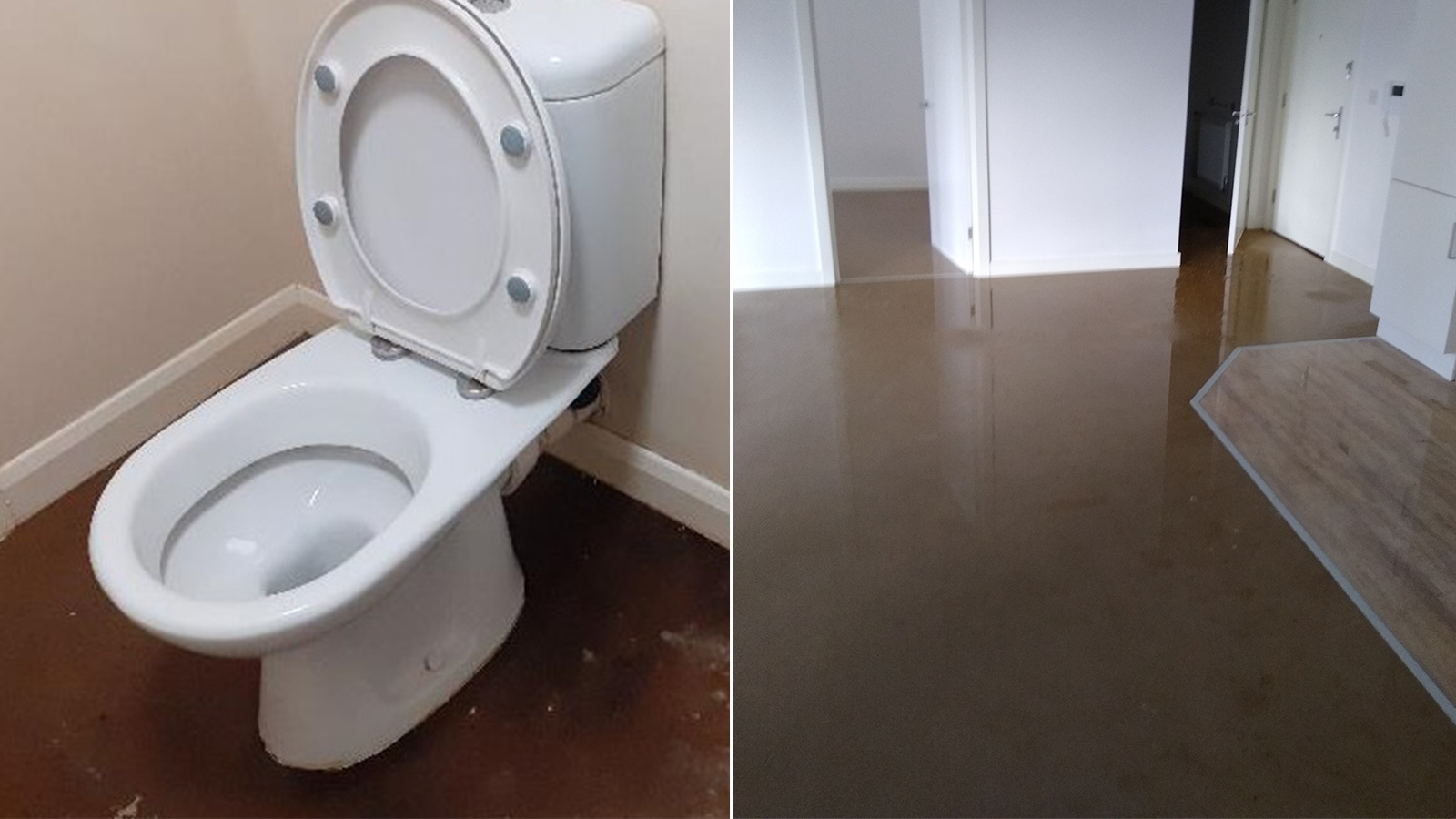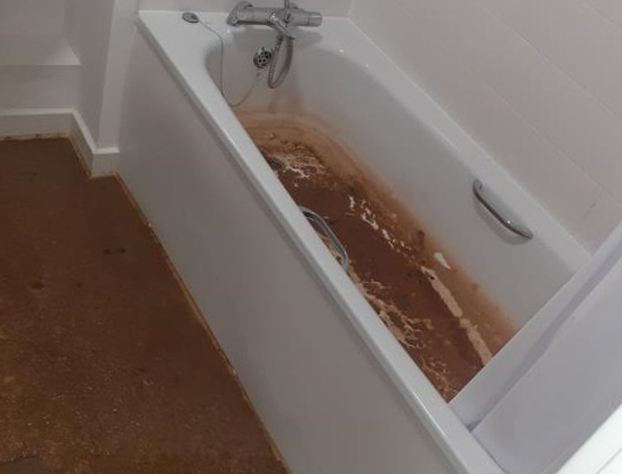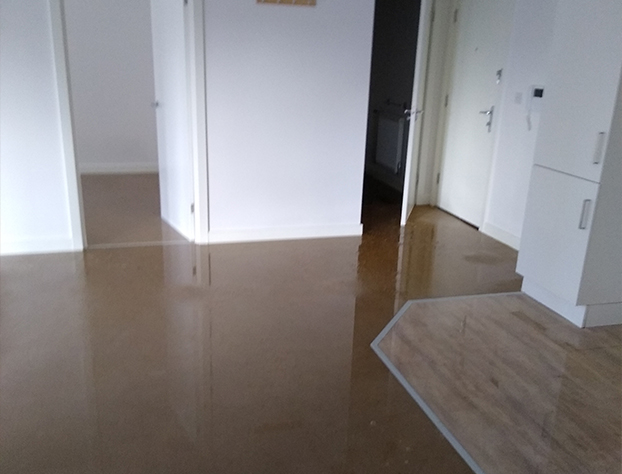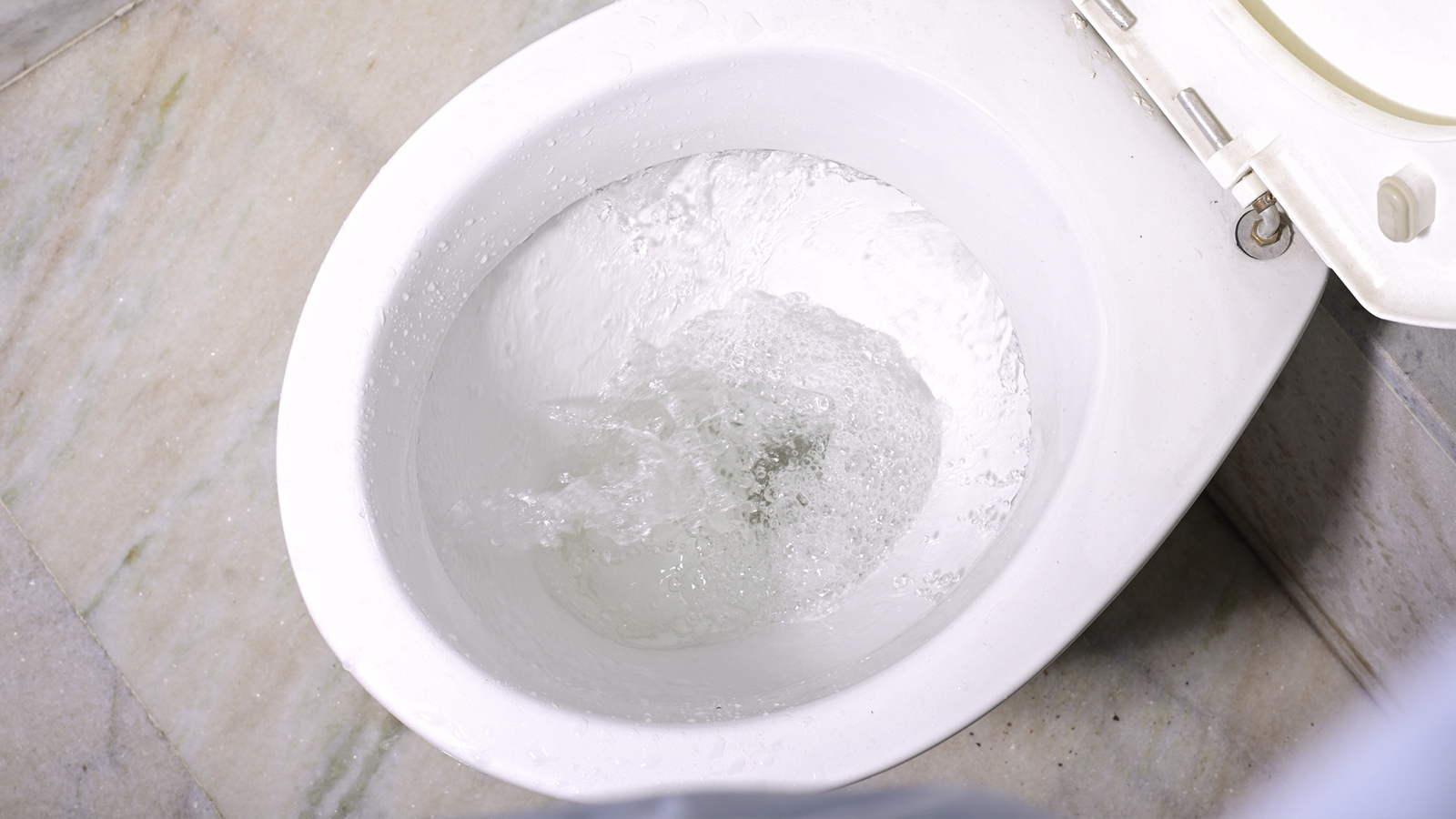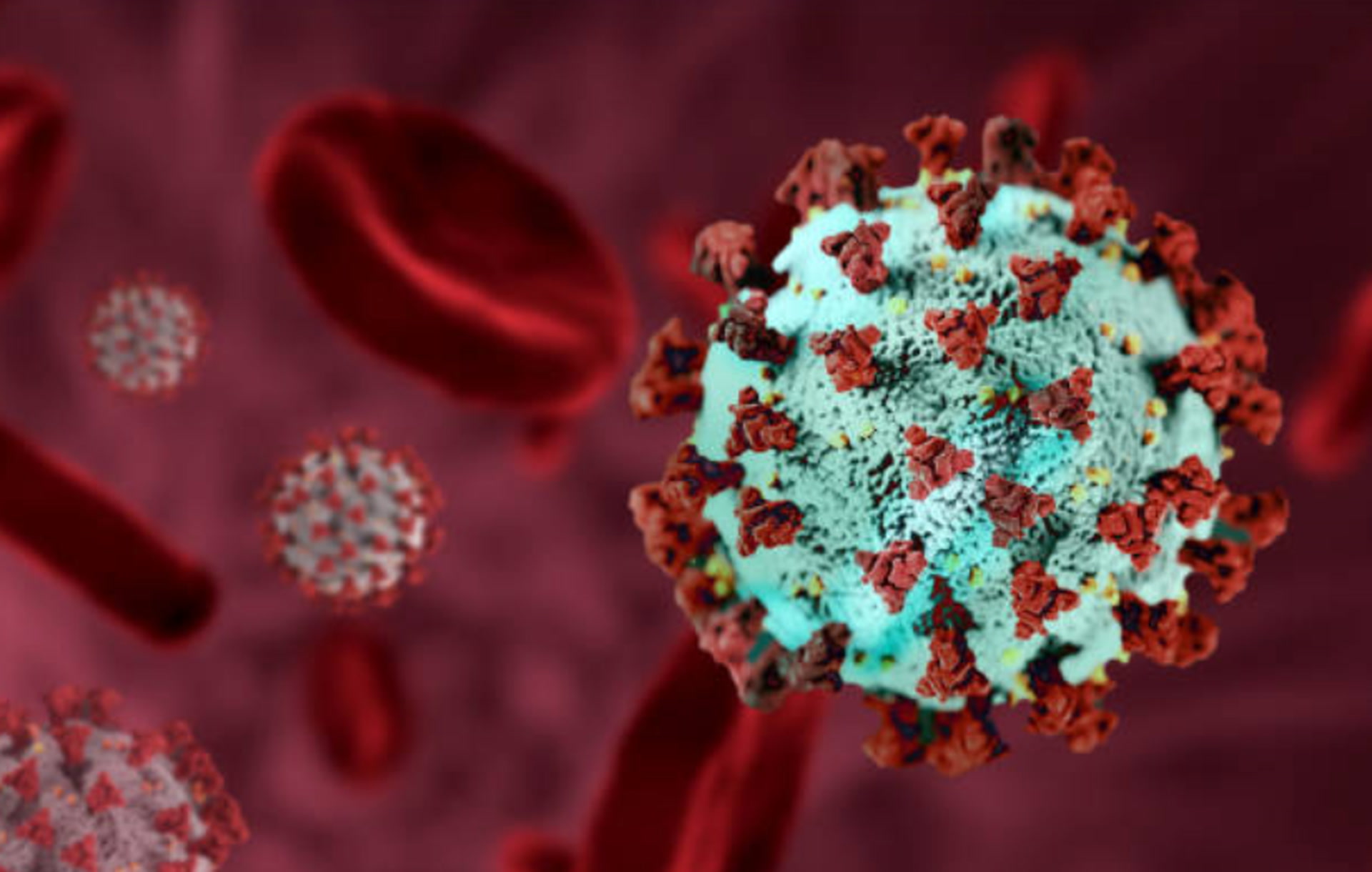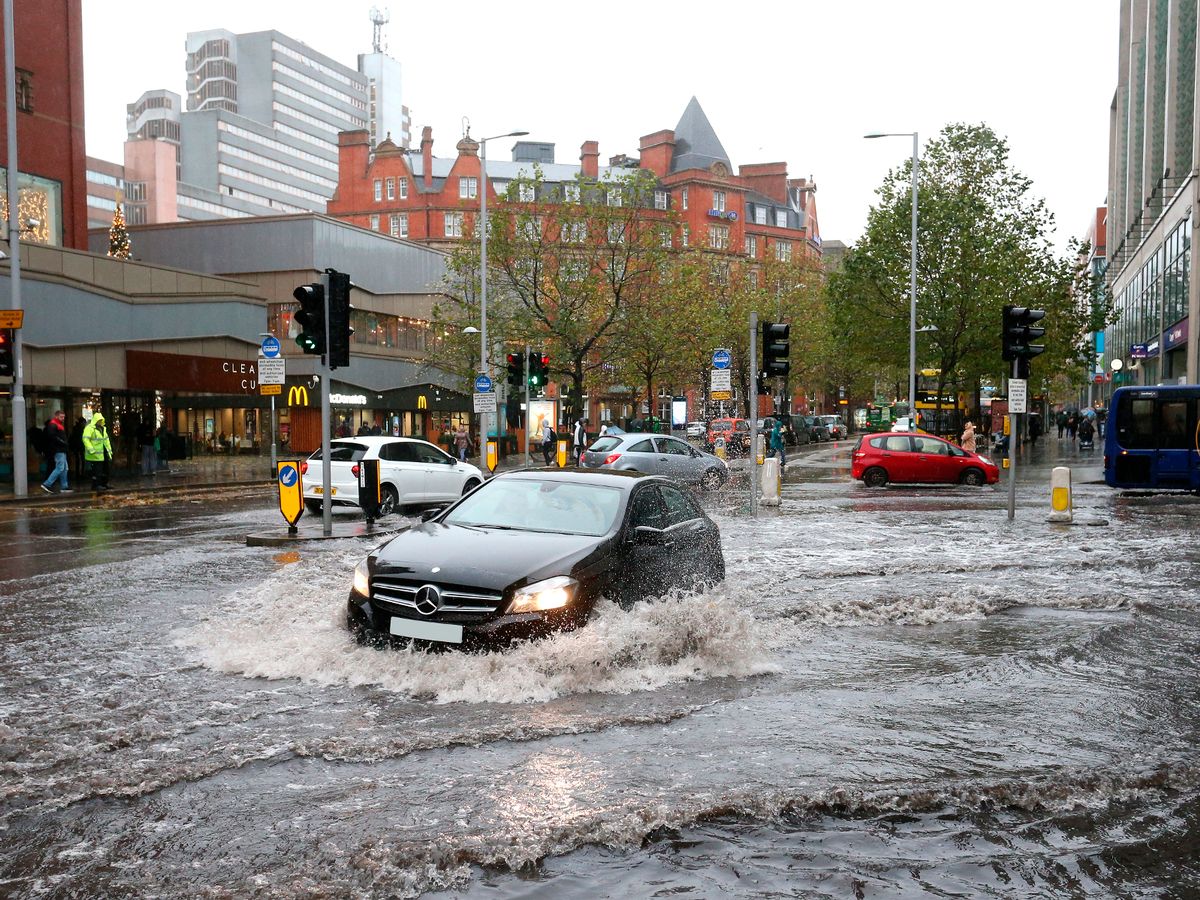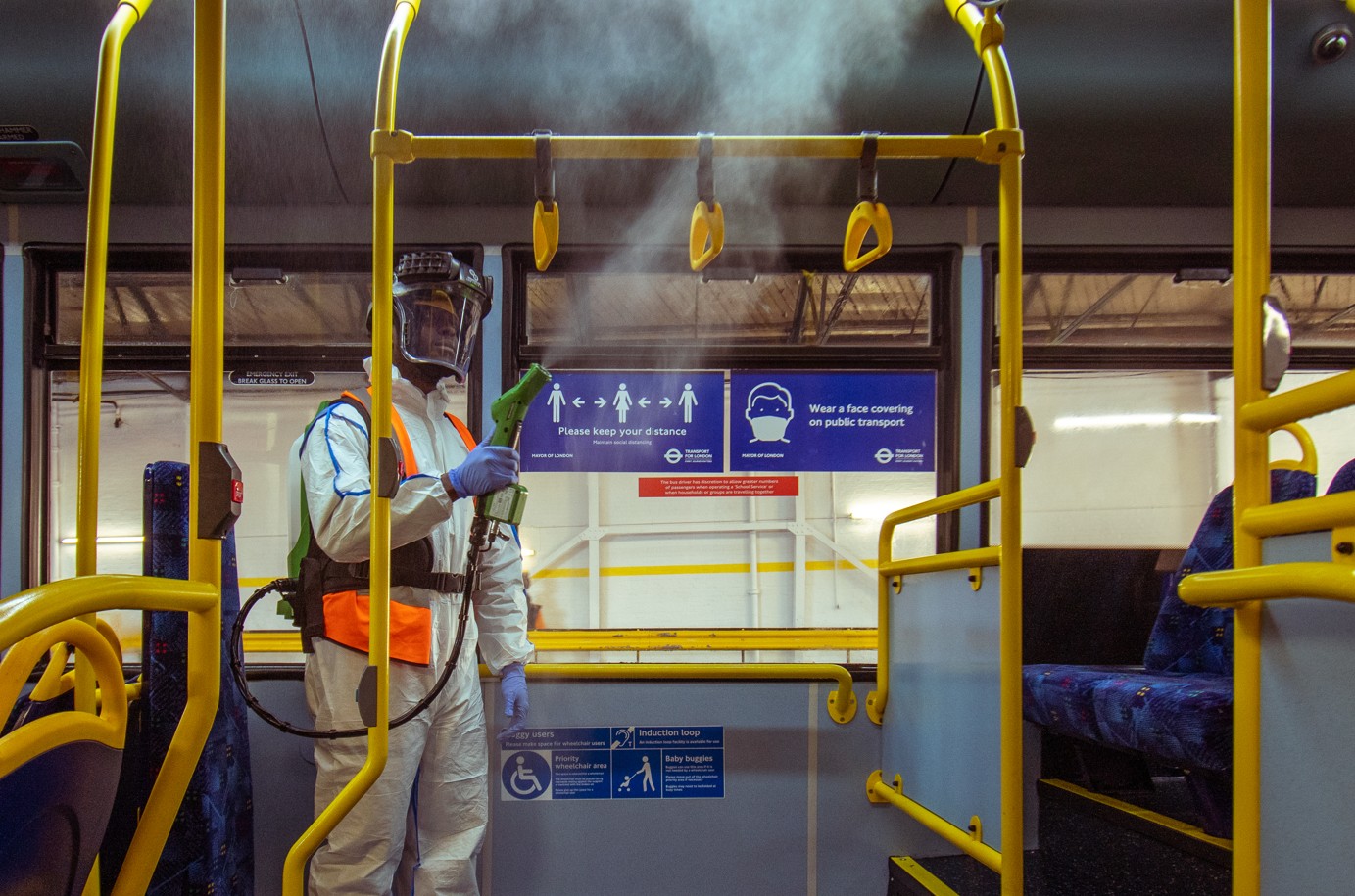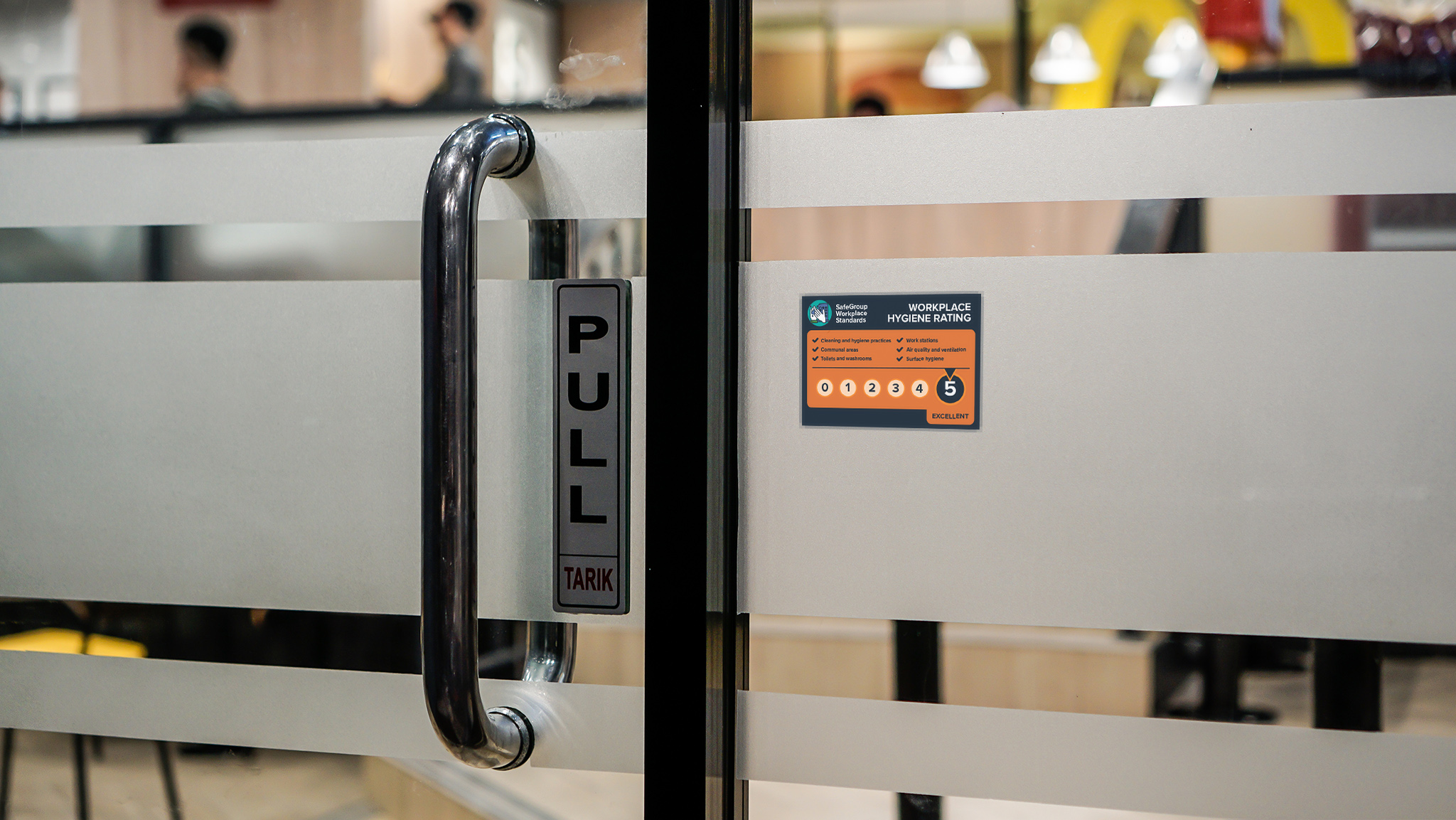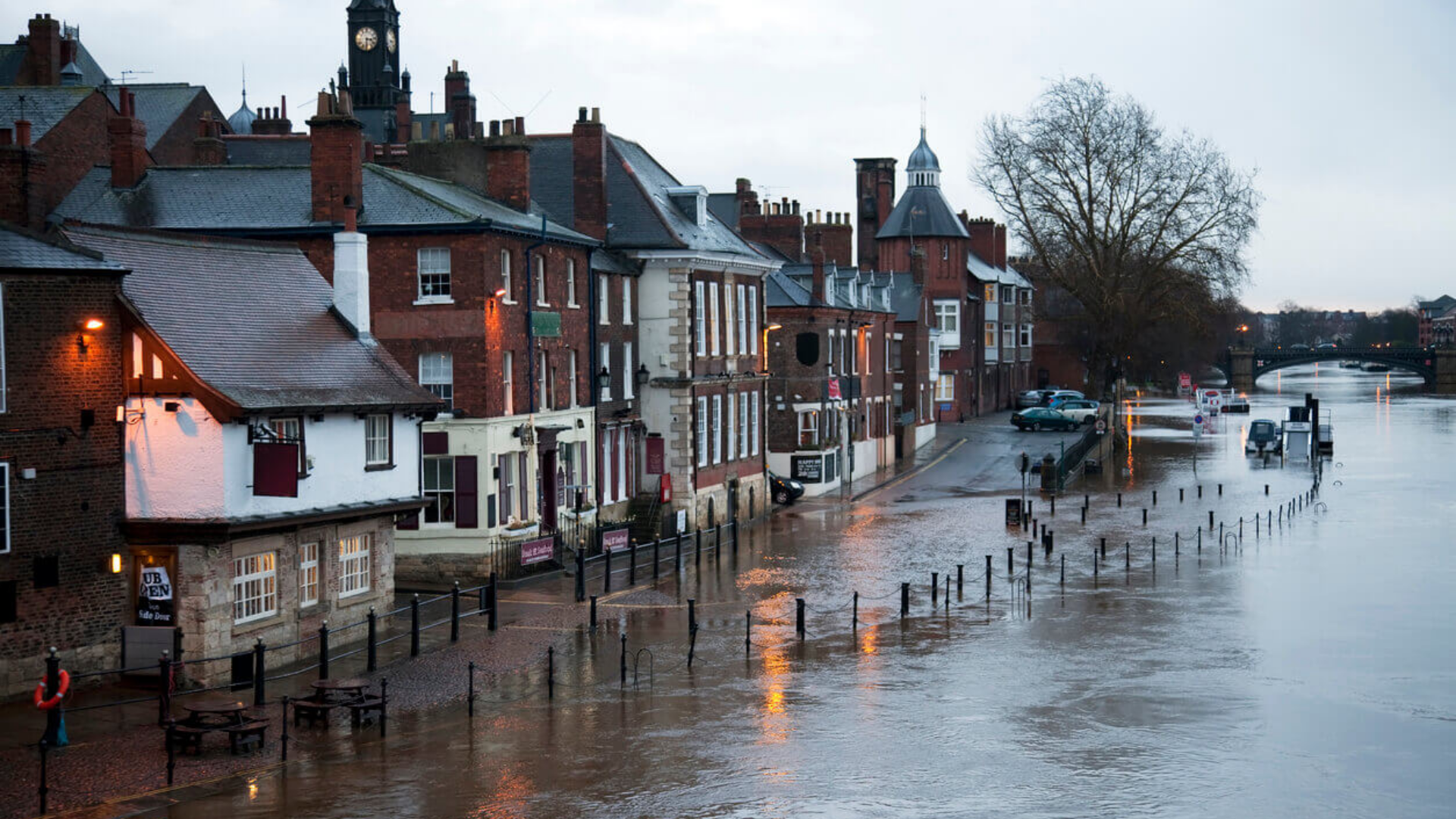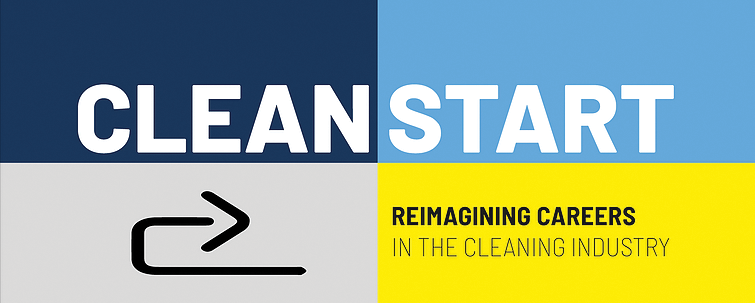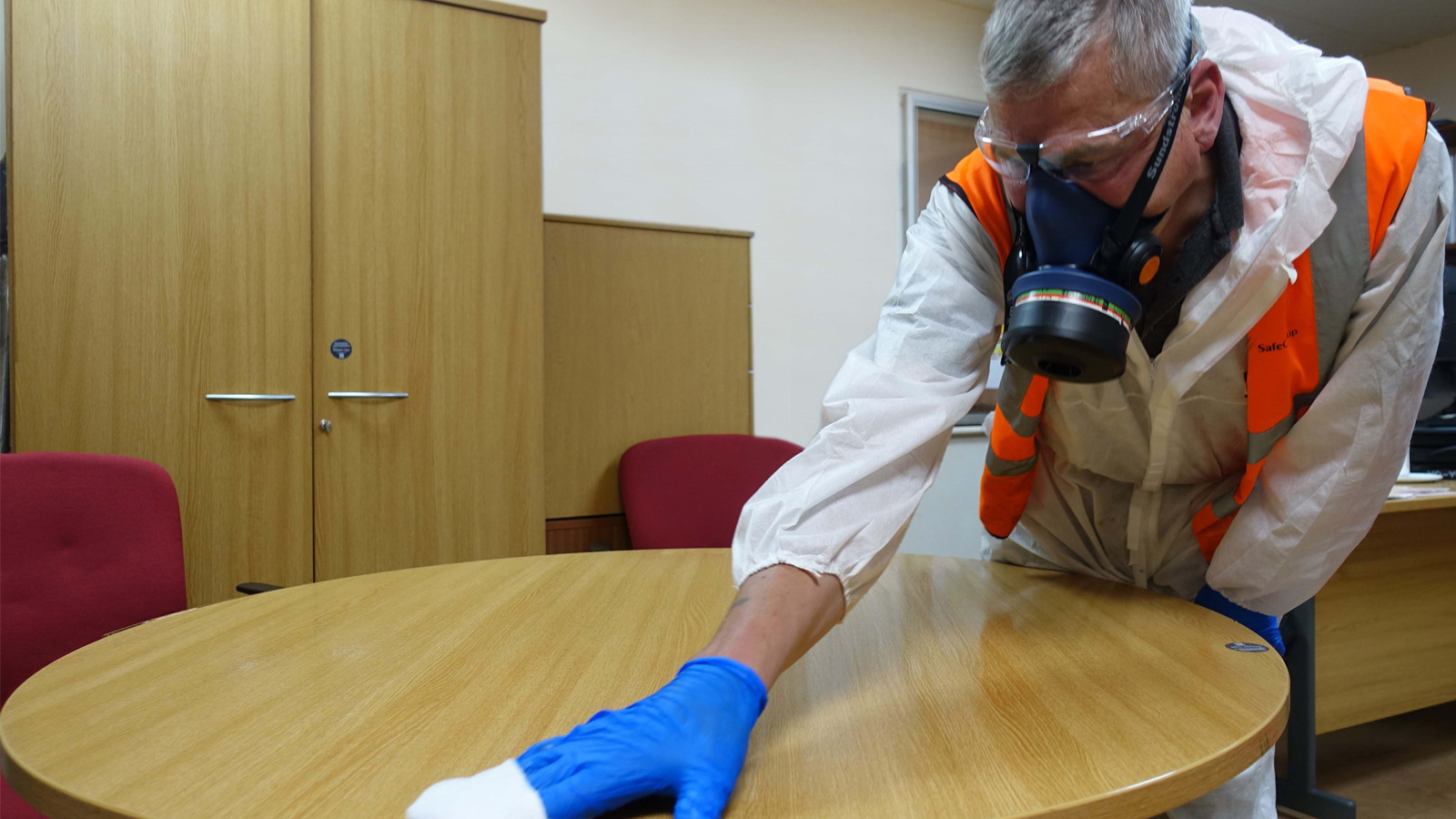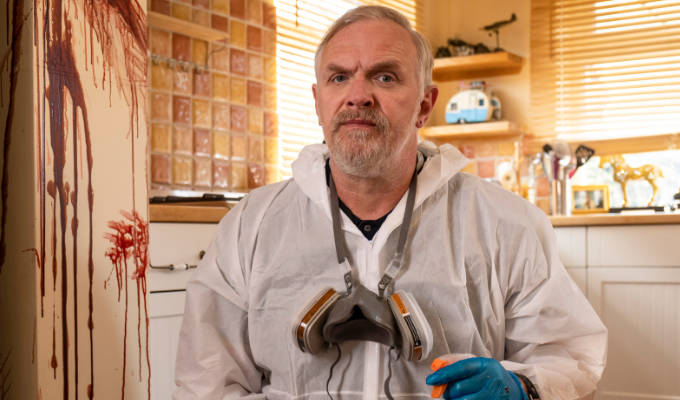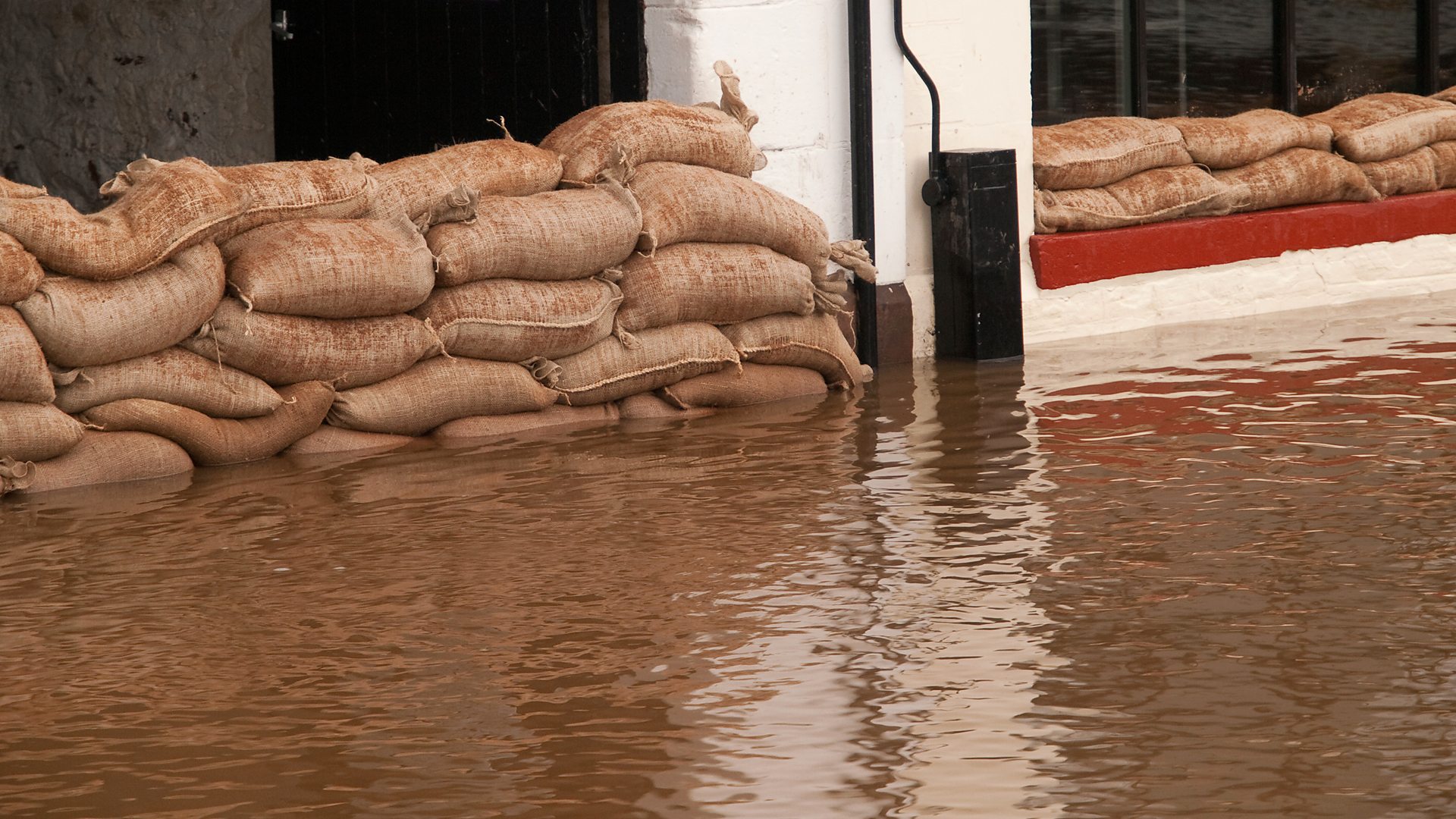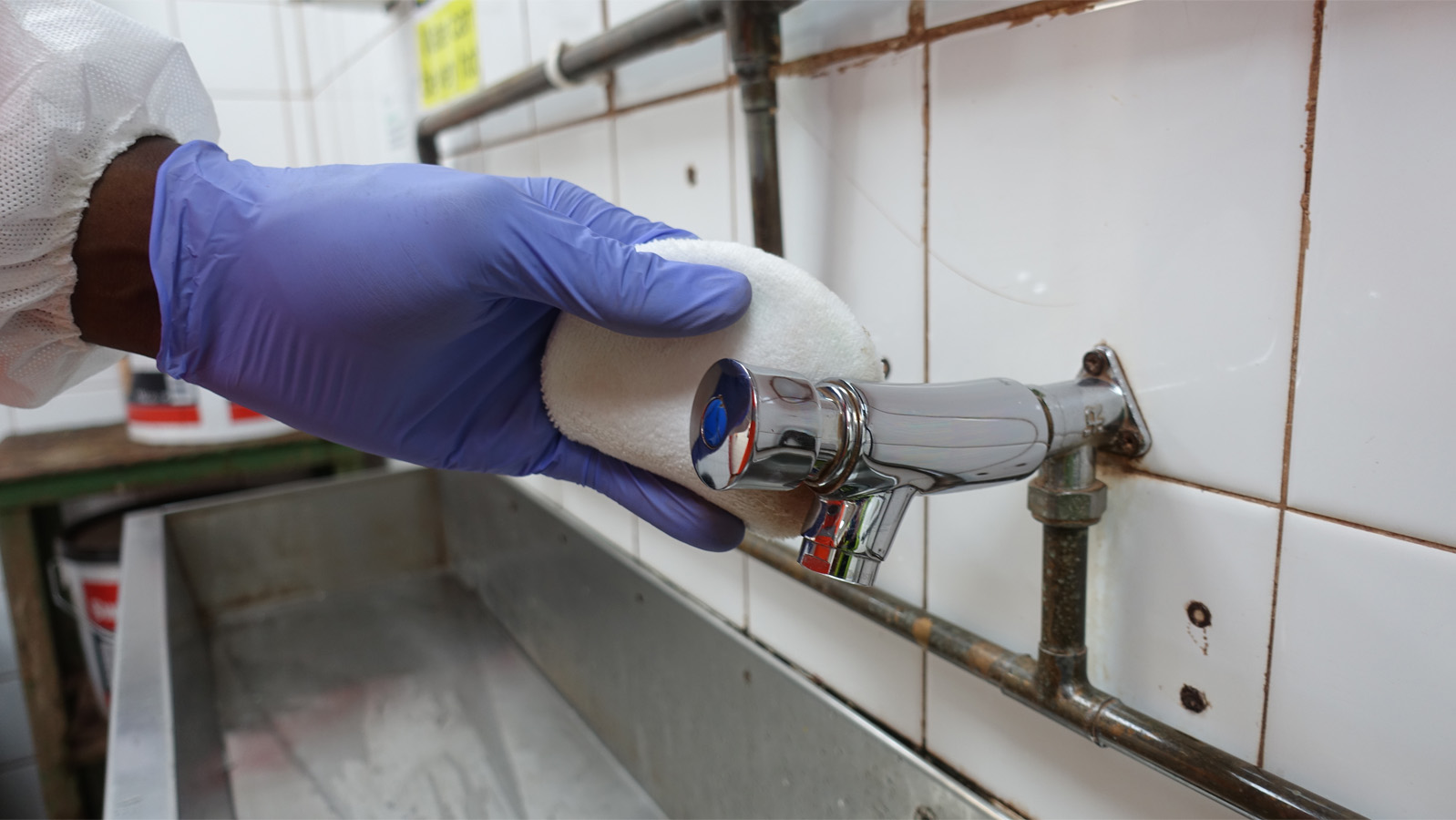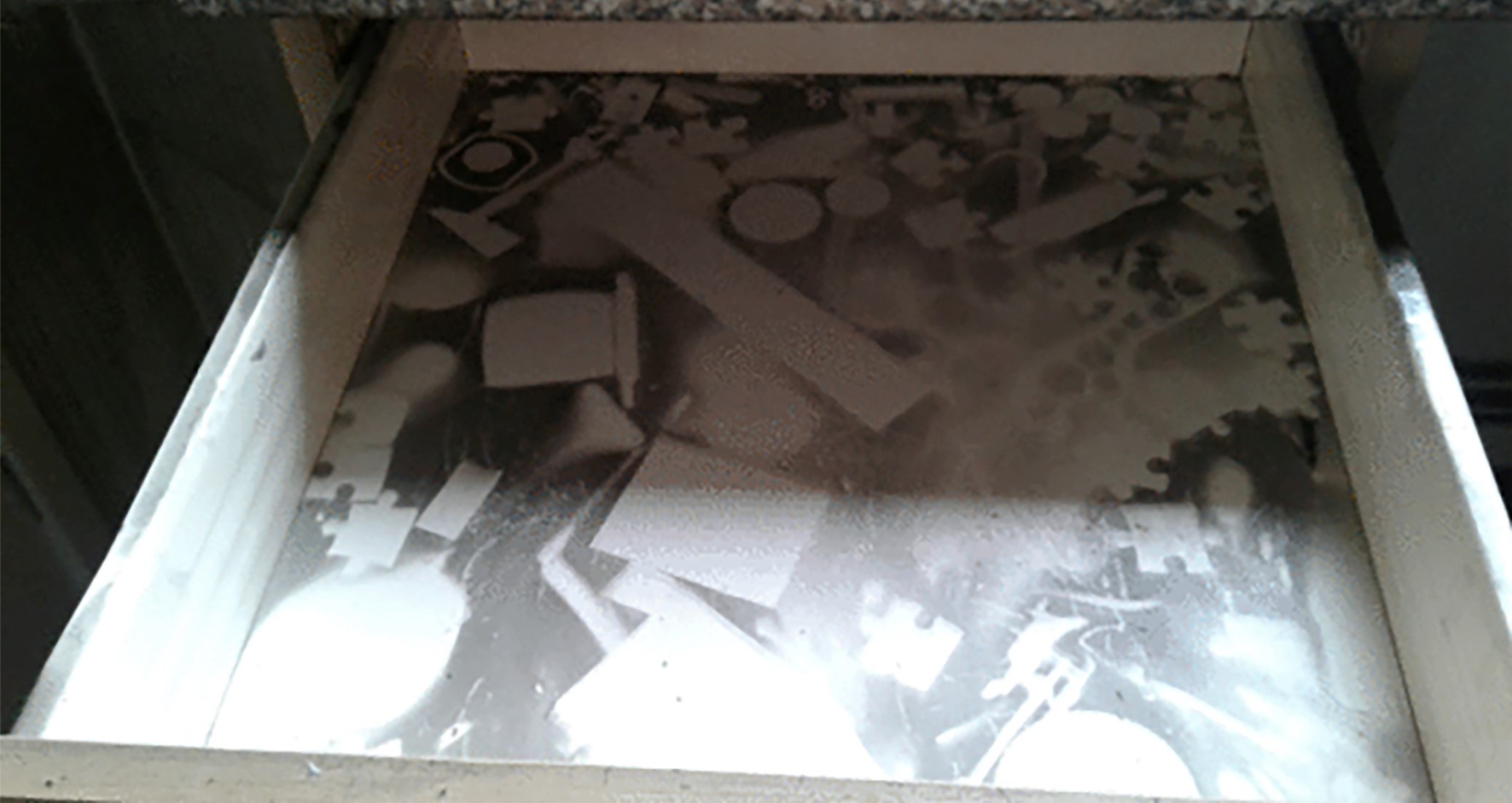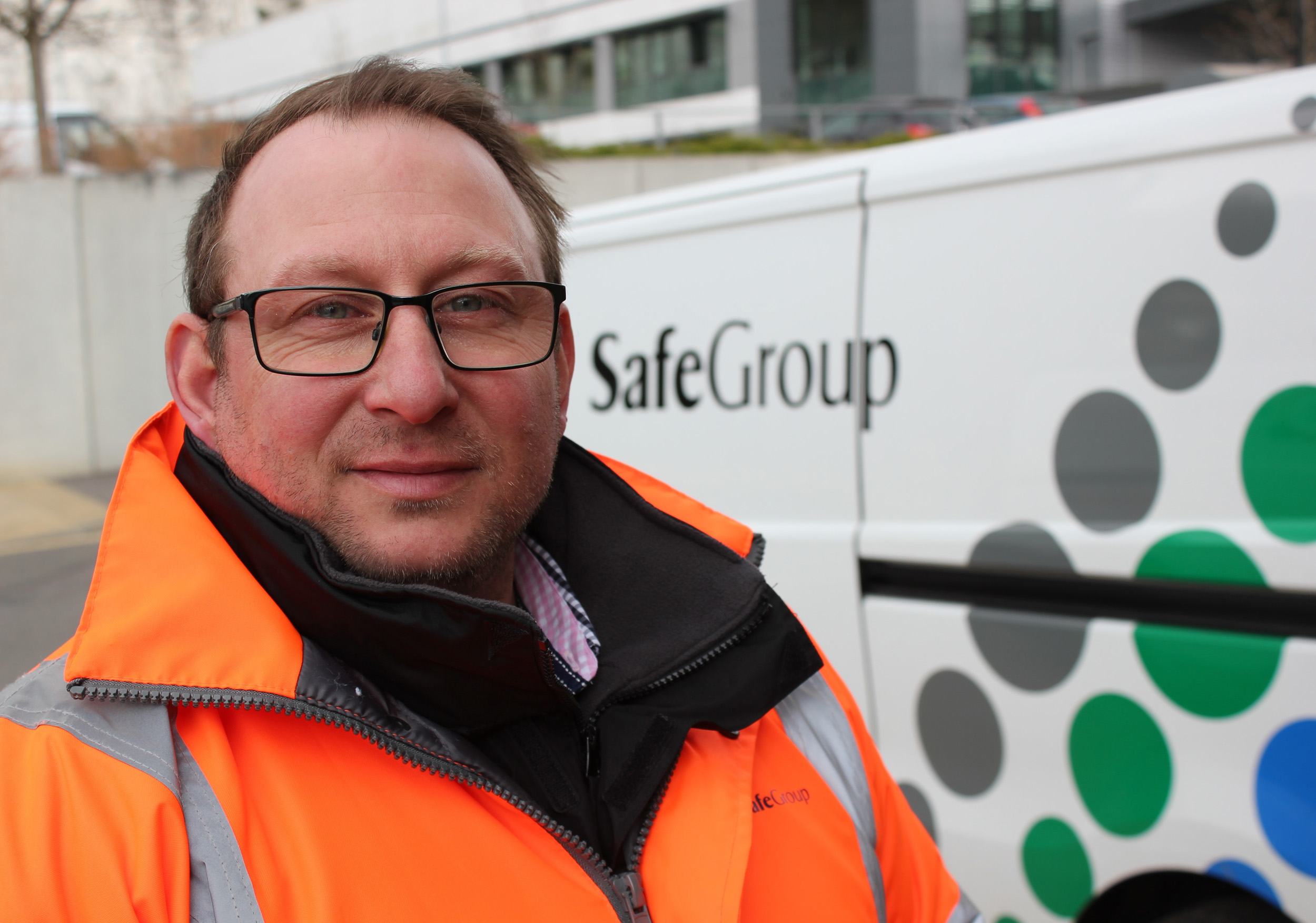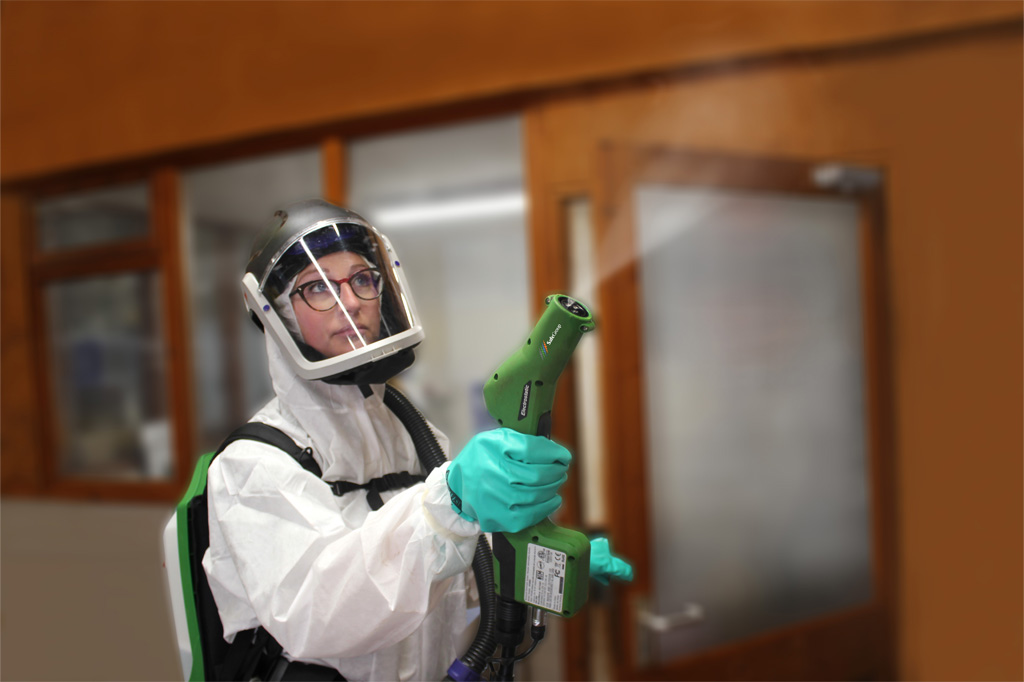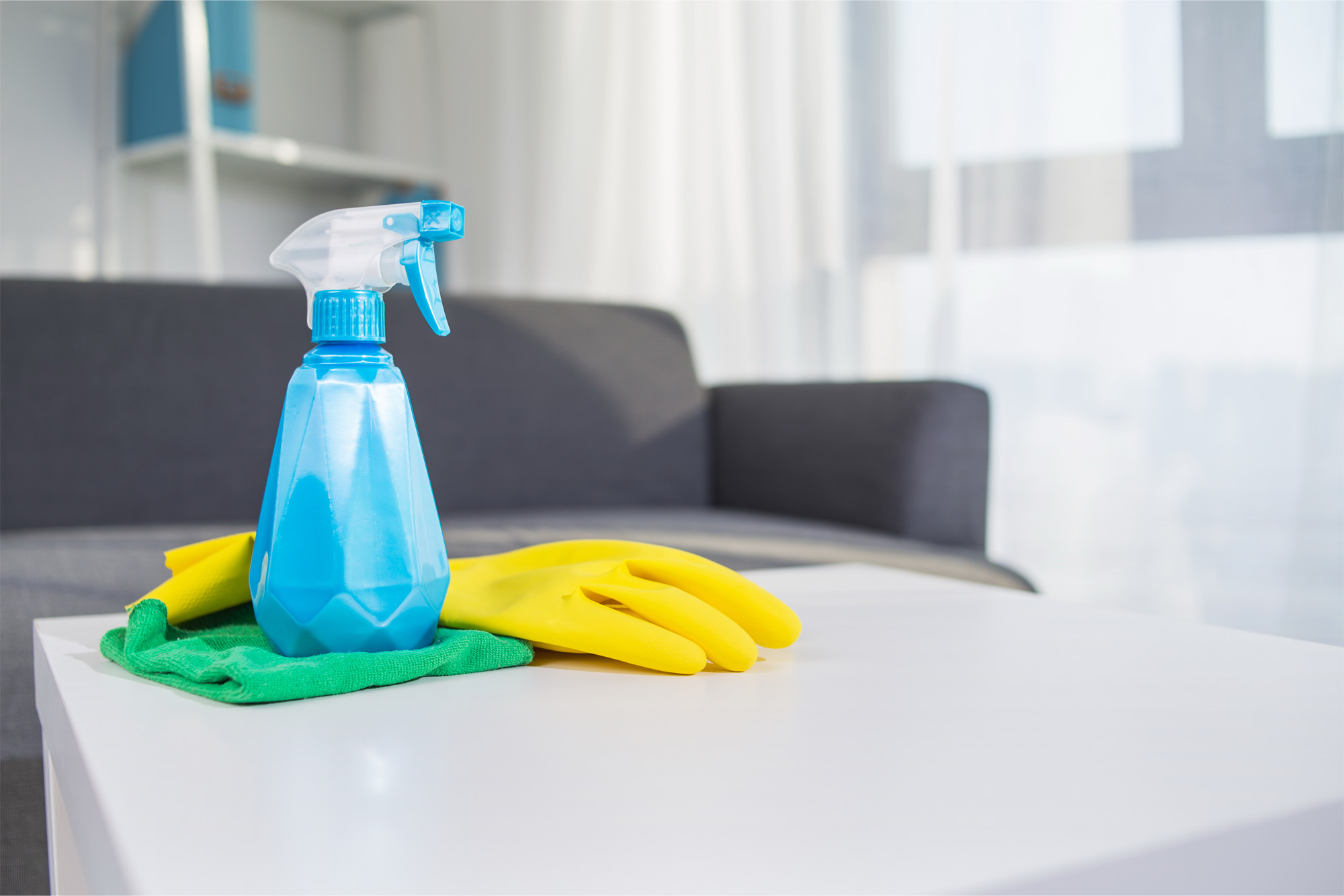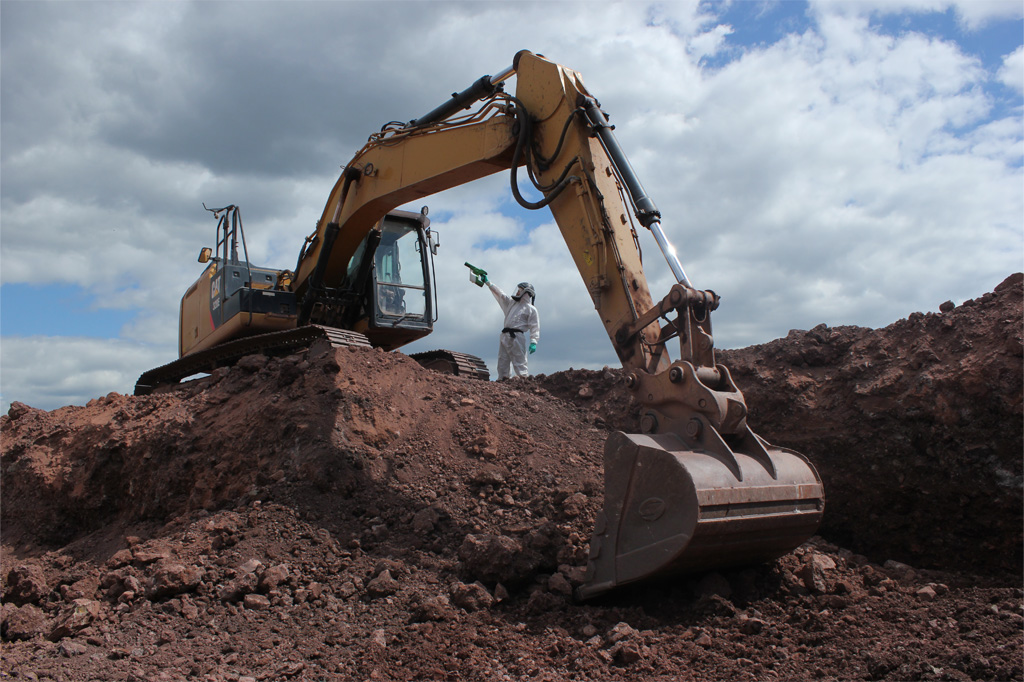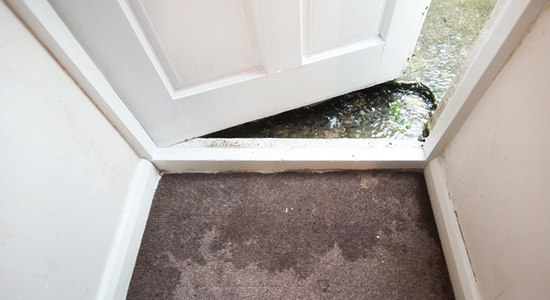There is absolutely no right time to have sewage flooding though your home.
But there is definitely a wrong time – and that is the day before you are due to move into it.
That is what an estate agent client of SafeGroup was faced with when the apartment it was preparing for an eager buyer was inundated by a sewage flood that left it awash with faeces and liquid mess.
Fortunately for the client, Tracey Tripp, SafeGroup Business Development Manager for Bristol and South West England, was on the case.
She says: “Sewage flooding is one of the nastiest and most challenging cleaning and hygiene emergencies that can happen in any home. And unfortunately the risk of it happening is growing.
“That’s why we’re set up to respond so quickly, to mobilise our sewage clean-up teams. Every second counts in terms of getting to the flooded property quickly and tackling the flood as soon as possible.”
That means if there is a domestic or commercial sewage spill in Bristol, Bath, Taunton, Plymouth, Truro, Penzance or Swindon, a SafeGroup team will be alerted to respond as soon as the call comes in.
In the case of the apartment just about to be occupied by its new owners, a SafeGroup sewage spill team was at the scene in less than three hours.
The operatives had all the equipment they needed to start to tackle the smelly and downright dangerous mess straight away, minimising the risk of long-term damage.
Need a sewage flood cleaning service? Call SafeGroup 0800 668 1268
View the Before&After of this sewage cleanup – here
What are the causes an internal sewage spill?
Internal sewages spills have a number of causes. However the three main factors are sewer surcharging, internal foul drain pipe leaks, and sewer blockages.
How sewer surcharging causes sewage flooding
Sewer surcharging happens when sewers just contain too much effluent. The sewage cannot flow along the sewer as usual.
Instead, it is forced up lateral drains into homes and businesses. This most commonly happens during periods of heavy rain.
The risk of this happening is increasing because of climate change.
Global warming is changing weather patterns, making periods of very heavy rainfall more frequent.
In this way, sewers are experiencing water volumes far greater than what they were designed to cope with. And remember, many of our urban sewers are very old.
In London and other large cities and towns, we are still relying in Victorian brick-built sewers to take away much of our sewage.
The result is more sewer floods over larger areas.
These trends are causing the government to do some serious thinking about the design of sewer systems in the future.
For example, ministers are considering the feasibility of splitting surface water from foul water in sewer systems. It is the surface water, generated by rain, that causes sewers to fill up so rapidly.
The surface water would be diverted straight into water courses and, better still, allowed to percolate into the ground through soak away systems on housing estates.
Though this would be a hugely expensive undertaking, it would be cheaper than renewing creaky sewer systems and forcing water companies to treat ever larger amounts of water.
How internal foul drain pipes leaks cause sewage flooding
Faults with underground sewers, such as cracked pipes or displaced joints, can cause sewage to seep out, resulting in the build up of sewage in the ground around properties.
This can be a serious, messy and unpleasant problem that needs to be dealt with quickly and decisively when discovered.
However, in terms of internal sewage flooding, it is faults associated with internal pipework, such as soil pipes, that are the main problem.
Again, cracked pipes and displaced joints can allow sewage to leak over time. The sewage can build up in voids in ceilings or floors, or seep into walls, causing serious damage before it is discovered.
A pipe fault can also cause material, such as toilet paper or other items, such as wet wipes, to snag, allowing a blockage to build up. Wastewater can then build up behind the blockage, increasing the risk of it escaping through toilets or sinks.
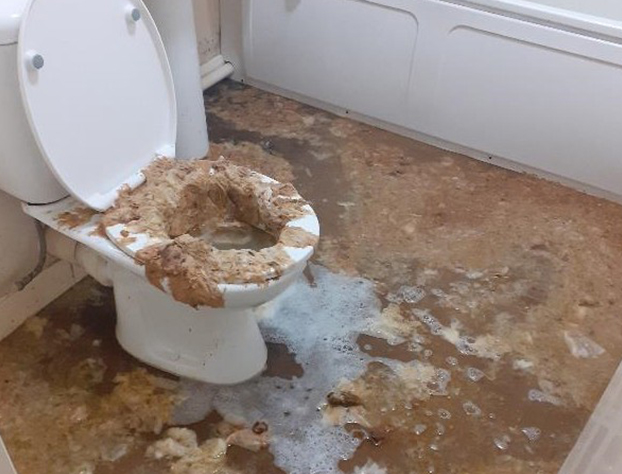
View the Before&After of this sewage cleanup – here
How sewer blockages cause sewage flooding
The third main cause of internal sewage flooding is blockages in underground drainage pipes.
If a sewer is severely blocked, water backs back up the pipe and eventually pours into homes and businesses through toilets, baths and sinks.
These blockages can be caused by the sheer volume of blockage material that builds up in sewers. For example plant debris may be washed down a sewer during a storm, adding to blockage risks.
As we have seen, sewer faults, such as cracks, joint displacements or partial and full collapses of pipes can slow or stop the flow of water, which can result in blockages.
Your property flooded with other peoples’ sewage
Don’t think only your poo, pee and wastewater comes back into your home. Depending on where the blockage occurs, you may receive the sewage from dozens of other properties.
Again, risks associated with sewer blockages have increased in recent years thanks to two factors:
- Blockages caused by cooking fats oils and grease (FOG) disposed of down sinks and drains.
- The disposal of wet wipes, sanitary products and other hygiene projects that are wrongly flushed down toilets in their millions every day.
These two blockage materials often combine to form fatbergs that cause major blockages that are even harder to shift.
Whatever the combination, if a blockage results in an internal sewage flood, it means an obnoxious cocktail of poo, urine, wet wipes, sanitary products and toilet paper can end up on your bathroom and living room floors.
It is also worth noting that mechanical failure, for example of a sewage sump pump, can make these risks worse.
These pumps, frequently installed in wastewater systems serving modern housing developments, are used to move sewage from low-lying sewers along the system.
If they fail, sewage may have nowhere left to go, but into your property.
How SafeGroup’s emergency sewage cleaning service works
SafeGroup’s sewage cleaning teams are ready to respond to an emergency call whenever it is received.
The company is on call 24 hours a day, 365 days a year, to respond to sewage spill alerts. That means any home owner, private landlord, social landlords or commercial business can call at any time for urgent assistance.
SafeGroup can also be commissioned on an ongoing basis to provide a fast and efficient sewage spill response service precisely when and where it is needed, either nationally or regionally.
In this way, the company ensures its processes are aligned with those of the client, in terms of how services are delivered, reported and controlled.
This approach is highly valued by property management companies, social landlords, and facilities maintenance specialists, who want to be sure they can call on expert support when it’s urgently needed.
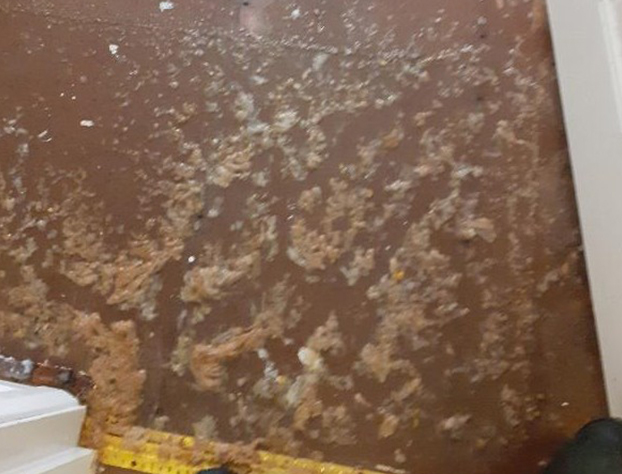
What to do if there is a sewage flood in your home
Sewage, also known as blackwater, is highly dangerous. It contains many microorganisms that can potentially kill you.
Therefore the first thing to not do, says Tracey Tripp, is to wade in and try to clear a sewage flood yourself.
She explains: “Sewage cleaning should be carried out by professionals with the right expertise and equipment.
“There is no point adding insult to injury by risking your health or worse by trying to clean up the mess yourself. Also, in the long-run, because of the way sewage can interact with structures, a DIY solution can cause more trouble than it’s worth.”
So, here are the simple steps to take:
- Alert the local water authority – the sewage is likely to be coming from a sewer they have responsibility for
- If you can, remove belongings from the path of the sewage – but do not step into the sewage floodwater itself
- Keep children and pets away from the wastewater
- Turn off electricity to prevent electric shocks
- Seal off the area to prevent anyone else coming near
- Open windows to ventilate affected rooms
- Inform your insurer and take their advice. Your insurance will almost certainly cover sewage flood cleanup.
Sewage flood clean-up – the SafeGroup response
When a SafeGroup sewage flood clean-up team is deployed in South-West England or South Wales, for example in Bristol, Chepstow, Newport, or Cardiff, the client is getting certainty.
Certainty that technicians with the right skills, experience, and equipment are on the case. And certainty that the emergency will be soon be over.
SafeGroup teams use tried and tested systems of work to clean up sewage flood water.
They wear the right personal protective equipment (PPE) to guard against the serious biohazards presented by sewage.
They use advanced equipment, including wet vacuum machines – and jet vac tankers, if necessary – to remove sewage flood water quickly.
They have access to the latest professional cleaning and disinfection chemicals to clean surfaces. Sewage waste is taken to authorised waste sites for safe disposal.
They carry out area deodorising with the latest fogging equipment to remove bad smells.
The teams also use air movers and dehumidifiers to carry out drying at the right speed to prevent mould and bacteria from doing their worst.
But not so fast that substrates are damaged, resulting in potentially long-term damage to the building.
SafeGroup teams work closely with insurance representatives and loss adjustors, sharing their know-how.
For example, our operatives can help assess what property can be cleaned and saved and what items are so contaminated they need to be taken for safe disposal at an authorised waste site.
Most of all, they work quickly and confidently to remove sewage and protect buildings and property against further damage.
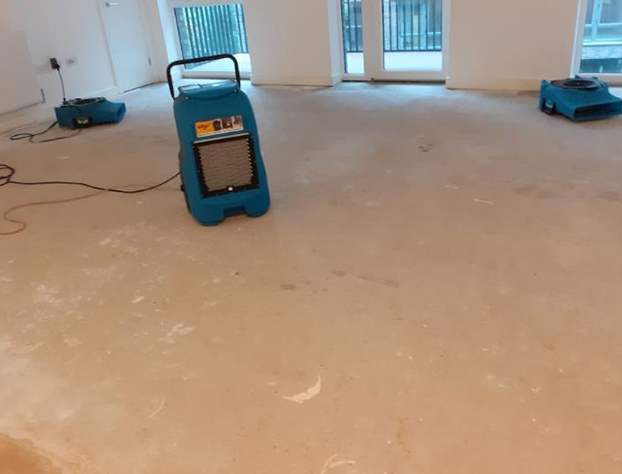
Putting lives back in order after sewage floods
This value is typified by what happened with the apartment the estate agent was ready to hand over to the new owners.
Tracey Tripp said: “Once we had finished the sewage clean-up process, in a few days, there was no sign that the property had flooded in the first place.
“The new owners could move in and start their new lives. The maintenance issues that had caused the flood were resolved, minimising the risk of the flood happening again.”
That was good for the apartment owner. But, as we have seen, the risk of sewage flooding is growing in many areas – due to climate change, the pressure put on the sewer networks by continued development and the bad habits of many with FOG and wet wipes, in particular.
That is why it is vital to know who you should call if your property is hit by a sewage flood.
Find out more about sewage flood clean-up from SafeGroup. Call 0800 668 1268.

